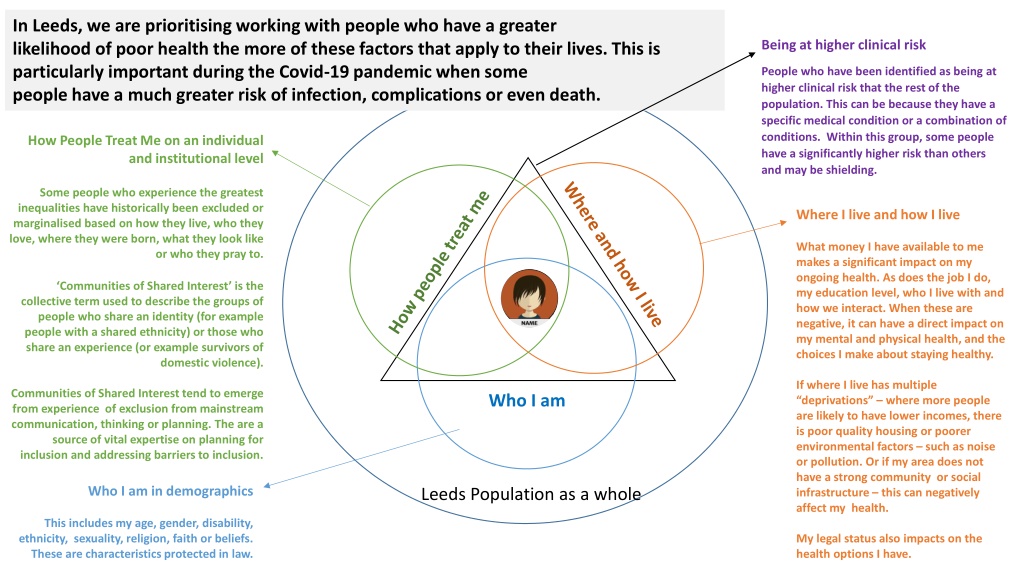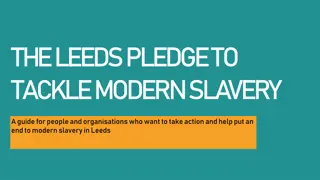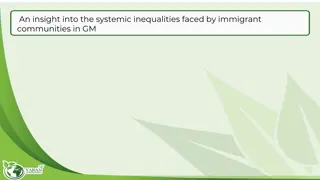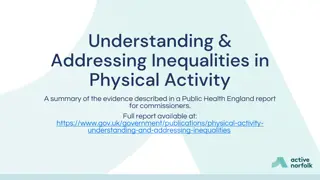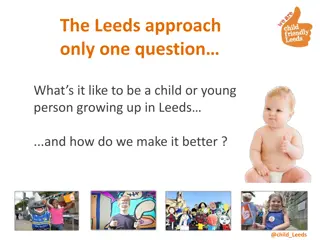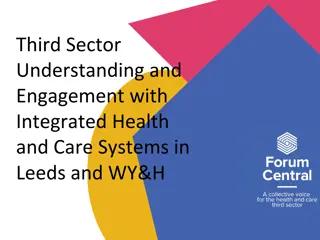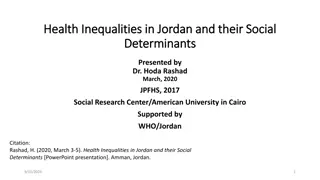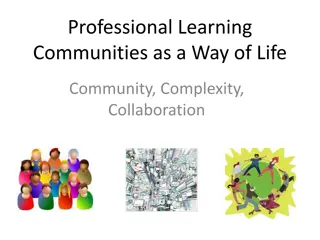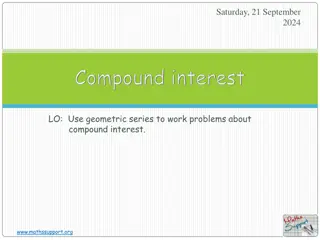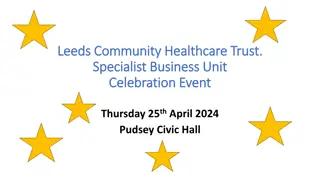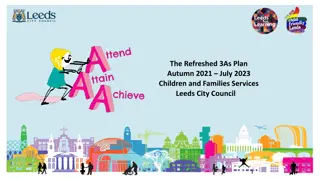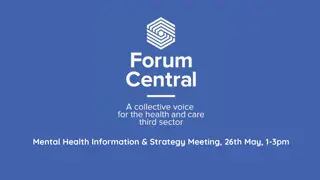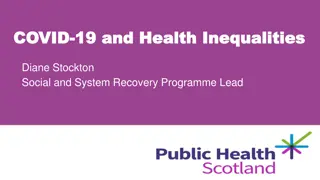Understanding Health Inequalities and Communities of Shared Interest in Leeds
In Leeds, a focus is placed on addressing health inequalities by working with individuals who are at higher risk due to various factors impacting their lives. These factors include medical conditions, socioeconomic status, living conditions, and more, which can greatly influence overall health outcomes. Communities of Shared Interest, such as survivors of domestic violence or marginalized ethnic groups, play a crucial role in advocating for inclusion and addressing barriers to health. Specific groups in Leeds actively support networks and raise awareness of their needs, ranging from women and maternity to people with physical or sensory impairments. Understanding and supporting these communities is essential for promoting overall health and well-being in the population. The content emphasizes the importance of recognizing and addressing the diverse factors that contribute to health disparities, especially during the Covid-19 pandemic.
Download Presentation

Please find below an Image/Link to download the presentation.
The content on the website is provided AS IS for your information and personal use only. It may not be sold, licensed, or shared on other websites without obtaining consent from the author. Download presentation by click this link. If you encounter any issues during the download, it is possible that the publisher has removed the file from their server.
E N D
Presentation Transcript
In Leeds, we are prioritising working with people who have a greater likelihood of poor health the more of these factors that apply to their lives. This is particularly important during the Covid-19 pandemic when some people have a much greater risk of infection, complications or even death. Being at higher clinical risk People who have been identified as being at higher clinical risk that the rest of the population. This can be because they have a specific medical condition or a combination of conditions. Within this group, some people have a significantly higher risk than others and may be shielding. How People Treat Me on an individual and institutional level Some people who experience the greatest inequalities have historically been excluded or marginalised based on how they live, who they love, where they were born, what they look like Where I live and how I live What money I have available to me makes a significant impact on my ongoing health. As does the job I do, my education level, who I live with and how we interact. When these are negative, it can have a direct impact on my mental and physical health, and the choices I make about staying healthy. or who they pray to. Communities of Shared Interest is the collective term used to describe the groups of people who share an identity (for example people with a shared ethnicity) or those who share an experience (or example survivors of domestic violence). If where I live has multiple deprivations where more people are likely to have lower incomes, there is poor quality housing or poorer environmental factors such as noise or pollution. Or if my area does not have a strong community or social infrastructure this can negatively affect my health. Communities of Shared Interest tend to emerge from experience of exclusion from mainstream communication, thinking or planning. The are a source of vital expertise on planning for inclusion and addressing barriers to inclusion. Who I am Who I am in demographics Leeds Population as a whole This includes my age, gender, disability, ethnicity, sexuality, religion, faith or beliefs. These are characteristics protected in law. My legal status also impacts on the health options I have.
Definition: Communities of Shared Interest Definition: Communities of Shared Interest Communities of Shared Interest is the collective term used to describe the groups of people who share an identity, for example people with a shared ethnicity, or those who share an experience, for example survivors of domestic violence. These Communities of Shared Interest tend to emerge from experience of exclusion from mainstream communication, thinking or planning The following Leeds communities of shared interest are actively working to support their networks and raise awareness of their assets and needs. Women and maternity People with experience of domestic abuse Refugees, asylum seekers, migrant communities Single parents Unpaid carers Homeless people LGBT+ communities Gypsy and Traveller communities Men s health Young people including care leavers People with mental health support needs People leaving prison BAME Communities Older People Sex Workers People with a Learning Disability People with mobility issues People with Physical or Sensory Impairments People with drug or alcohol issues
Definition: Moderately Vulnerable to COVID or people advised to observe strict Definition: Moderately Vulnerable to COVID or people advised to observe strict physical distancing physical distancing This group of people have been advised to take steps to reduce their social interactions in order to reduce the transmission of coronavirus for a period of 12 weeks. Being aged 70 or older (regardless of medical conditions) People of any age with an underlying health condition: chronic (long-term) respiratory diseases, such as asthma, chronic obstructive pulmonary disease (COPD), emphysema or bronchitis chronic heart disease, such as heart failure chronic kidney disease chronic liver disease, such as hepatitis chronic neurological conditions, such as Parkinson s disease, motor neurone disease, multiple sclerosis (MS), a learning disability or cerebral palsy diabetes problems with your spleen for example, sickle cell disease or if you have had your spleen removed a weakened immune system as the result of conditions such as HIV and AIDS Or anyone with conditions that require them to take medicines such as steroid tablets or chemotherapy People of any age who are seriously overweight (a body mass index (BMI) of 40 or above) Women who are pregnant (please note this is at any stage of your pregnancy not just those in the final trimester as had previously been the case) ESTIMATED NUMBERS OF PEOPLE IN LEEDS: 214,000
Definition: Clinically Extremely Vulnerable to Covid Definition: Clinically Extremely Vulnerable to Covid- -19 or People advised to shield shield People at the highest risk of complications from Covid-19 are those with certain clinical conditions. This group have been advised to shield meaning they must stay home wherever possible, stop all contact with people who they do not share a household with and limit physical contact with members of their own household who are not also shielding. For these people, this advice remains in place until the end of June and then updated advice will be issued. 19 or People advised to Diseases and conditions considered to be very high risk: Solid organ transplant recipients People with specific cancers People with cancer who are undergoing active chemotherapy or radical radiotherapy for lung cancer People with cancers of the blood or bone marrow such as leukaemia, lymphoma or myeloma who are at any stage of treatment People having immunotherapy or other continuing antibody treatments for cancer People having other targeted cancer treatments which can affect the immune system, such as protein kinase inhibitors or PARP inhibitors. People who have had bone marrow or stem cell transplants in the last 6 months, or who are still taking immunosuppression drugs. People with severe respiratory conditions including all cystic fibrosis, severe asthma and severe COPD People with rare diseases and inborn errors of metabolism that significantly increase the risk of infections (such as SCID, homozygous sickle cell) People on immunosuppression therapies sufficient to significantly increase risk of infection Pregnant women with significant heart disease (congenital or acquired) Some people advised to shield do not have these conditions, but have a combination of other conditions that increases their risk and are therefore classed as clinically extremely vulnerable . ESTIMATED NUMBERS OF PEOPLE IN LEEDS: 45,500
